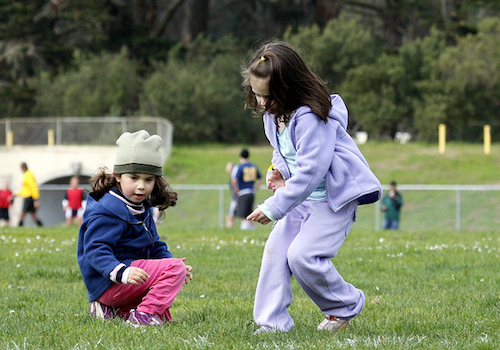The idea behind creating a public space is not just to build a nice-looking addition to a town, but to create a space that people actually use. A plaza with no one in it is just an empty space. Creating a space that successfully engages people is an artform and a science that relies on the input of the community, the testing of ideas, sharp observation and detailed planning.
A few years ago, the Project for Public Spaces looked at 40 years of research and published the report, Eleven Principles for Turning Public Spaces into Civic Places. Recently, On The Commons republished the key points from the report, rekindling the conversation. Below is an overview of the 11 principles.
1. The Community is the Expert
The space is for the community. Community members should be involved with the planning from the beginning.
2. You are creating a place, not just a design
Aesthetics aside, the space has to be useable above all.
3. You can’t do it alone
No one can create a successful space without input from other people and organizations.
4. They always say, “It can’t be done.”
Naysayers are gonna naysay and bureaucracy is a slow-moving machine. Stay the course.
5. You can see a lot just by observing
Watching people use a space can reveal a lot about what they use, want and need.
6. Develop a vision
What is the intended use for the space, as it applies to the community? This should be clear from the start.
7. Form supports function
The form of the space should follow and strengthen the vision for its use.
8. Triangulate
Position like things near each other and near well-matched, surrounding businesses: kid-friendly stuff near kid-friendly businesses, transportation points efficiently placed, food vendors in logical places etc. Doing so increases engagement and interaction.
9. Start with the petunias
Start small. Great ideas often get lost in planning. Small steps can help determine future plans and signal the community that their space is important.
10. Money is not the issue
Small-scale projects that involve the community can be more engaging than large-scale projects that have a top-down feel to them.
11. You are never finished
A great public space grows and changes with the community and its needs. An open approach to management of the space ensures that the people who use it continue to determine how it is used.
So what now? A theme that runs throughout the 11 principles is that starting with a vision, then taking small steps to bring that vision to life is the key to creating a great public space. Is there something you'd like to see in your neighborhood? Start talking to people. Can you create a shared vision for the space? What small steps can be taken? Who can help get the ball rolling? Contact local officials, the parks department, or the downtown planning department. You might be surprised at what you can accomplish. For guidance, strategies and inspiration visit The Project for Public Spaces.









